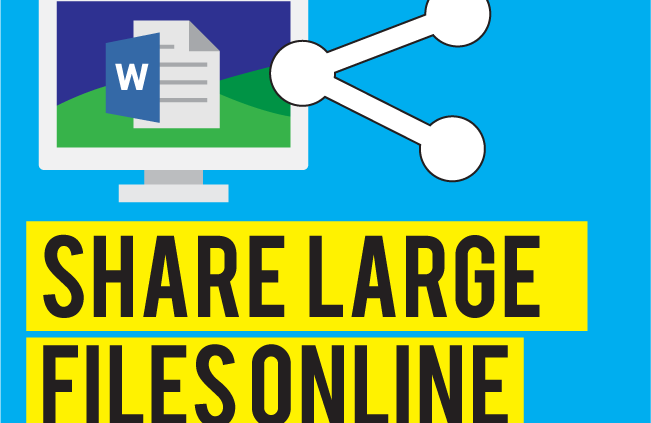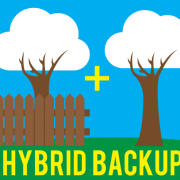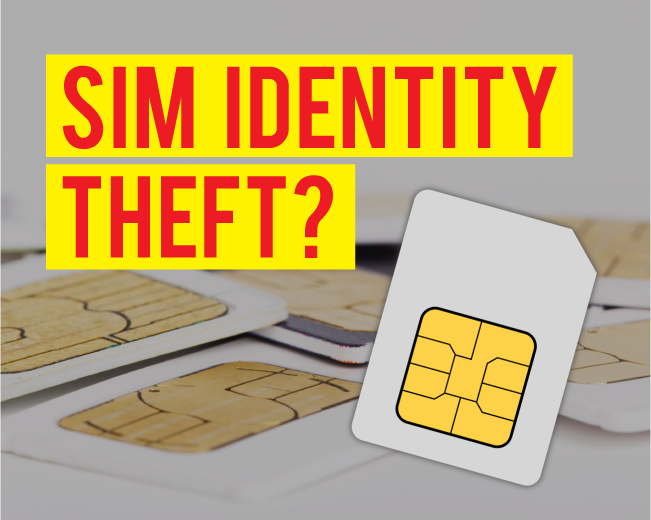Top 4 ways to share large files online
It has happened to all of us – a PowerPoint file, graphics file or really any large file that urgently needs to get to people both inside and outside your company. Historically, you were pretty much limited to email, however many organizations and email tools have file size restrictions. If you were sending to someone internal, you would need to post large files on a server and tell them where to find it. Outside of your business you might have to send a DVD, CD, or USB by courier with your large file or files. Today, we have better options, including email clients, browsers, file sharing services and cloud storage. Let’s look at each file sharing solution in detail.
Email clients
Email was and is still is a viable way to send files; however, file size restrictions are the biggest limitation. Additionally, you also need to consider the file size your recipient is able to handle. So while you might be able to send a 50MB file it doesn’t mean the person you are sending it to can receive it. Online email services such as Gmail, iCloud, and Outlook.com have maximum attachment sizes ranging from 20MB for iCloud and Outlook.com to 25MB for Gmail. If you are over the file size limit you will be directed to their cloud storage services.
There are a variety of email clients used by businesses and similar to the online email services organizations they will set maximum attachment sizes. This helps control bandwidth and storage costs.
Browsers
Your browser isn’t just for surfing the internet! Firefox provides a quick and easy way for you to share large files with their Firefox Send service. This allows you to share files, up to 1 GB in size, without registering and with end-to-end encryption. You can share files up to 2.5 GB by creating and signing into your Firefox account.
Simply drag and drop or select files from your hard drive to upload. You can easily configure the link to expire after a certain number of days or downloads. Protecting the download link with a password is also an option. You can share you Firefox Send link through emails, social media, chats, or really anyway you want.
File sharing services
In recent years a number of file sharing services have become popular.
Dropbox
The popular file syncing and sharing platform, Dropbox, offers a stand alone file transfer tool. Unlike the typical Dropbox file, when using the file transfer tool, the recipient does not need a Dropbox account to access the file. However, the sender does need an account. Those with the free basic plan can transfer files up to 100 MB, while those on paid plans can transfer 2 GB to 100 GB, depending on the plan. The paid plans also offer the ability to add a password and expiry date for link. Important to note, unlike the regular Dropbox file changes to the document made by the recipient are not synced back.
WeTransfer
WeTransfer provides users with a simple way to send big files around the world. They offer both a free and paid WeTransfer Pro level. Files can be shared with both email and link options. With the free version no login is required and you can send up 2 GB of files that are deleted after 7 days. The Pro level is $12/month but it enables users to send up to 20 GB of files, set expiration dates and add password protection.
Smash
Similar to WeTransfer Smash enables users to easily send large files. With Smash there is no limit on files sizes and while there is no registration required an email address is necessary when you upload files. Smash offers both a free option and paid plans. With the free option files are available for 14 days. Their paid options include Premium at $5/month and Team at $12/month, with additional features like password protection and extended file availability. Files can be shared with both email and link options.
Cloud storage
Many popular cloud storage and cloud backup services have file sharing options built right into the product. As mentioned previously, Dropbox offers a Transfer feature for one-off sharing, but their full platform enables both teams and individuals to store, share and securely access files. For fans of Google there is Google Drive. It allows businesses and individuals to store, share and access files from any device. For individuals the first 15 GB are free. Businesses can leverage a pricing model that prices by active users and offers enterprise grade security and management tools. OneDrive and iCloud also offering sharing options, but not at the same level as Google Drive and Dropbox.
Cloud backup services, like Data Deposit Box also offer a file sharing solution. Data Deposit Box users can quickly and easily share (optional password protected) files and folders or folders they have backed up with anyone via email or link.









Leave a Reply
Want to join the discussion?Feel free to contribute!